Kawasaki Ninja e-1 & Z e-1
Pricing has been confirmed with the arrival in Australia of Kawasaki’s new electrical bikes, the Ninja e-1 and bare Z e-1, each constructed on the identical platform and mirroring Kawasaki’s sports activities and bare households riders shall be aware of.
Actual native pricing could be discovered on the Kawasaki Australia website, however the Ninja e-1 is proven at $11.6K ride-away in Sydney, with the Z e-1 barely decrease at $11.3K ride-away. Historically Sydney and NSW are usually one of the vital costly locations to register a motorcycle. Each choices are learner authorized.
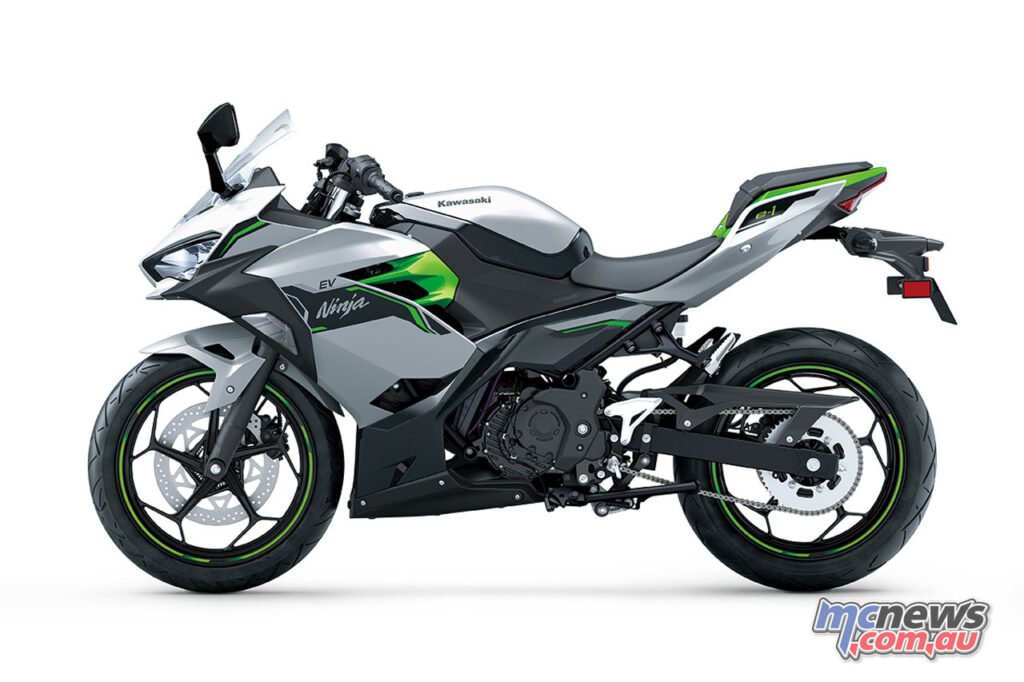
Kawasaki describes the Ninja e-1 and Z e-1 as corresponding to 125cc bikes, a comparability mirrored of their respective high speeds of 88 km/h and 85 km/h. Nevertheless there’s a bit extra to the story.

Each e-1 fashions are powered by a 9 kW motor, with a daily output of 5 kW. Kawasaki guarantees fast throttle response and robust low-end energy, with a torque determine of 40.5 Nm—delivering efficiency extra in step with what riders would possibly count on from these small electrical machines.
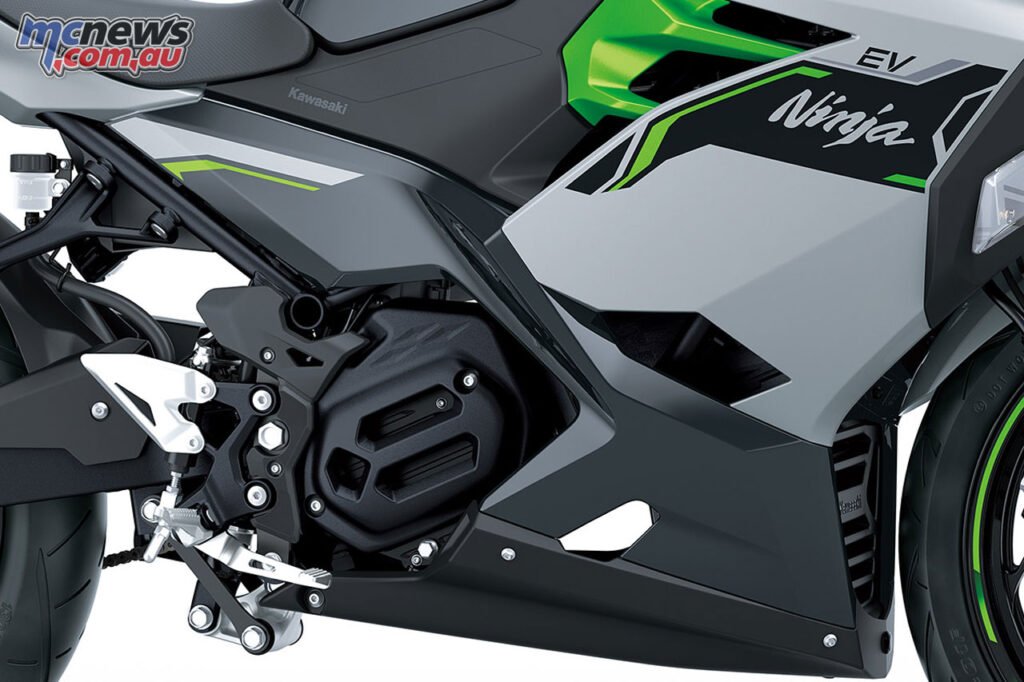
For context, the most recent Ninja and Z500s produce 42.9 Nm of torque at 7,500 rpm—solely barely greater than the e-1 fashions. Nevertheless, they’re considerably forward when it comes to energy, delivering 33 kW at 9,000 rpm. This comparability highlights the totally different efficiency traits of those electrical and combustion-engine bikes.
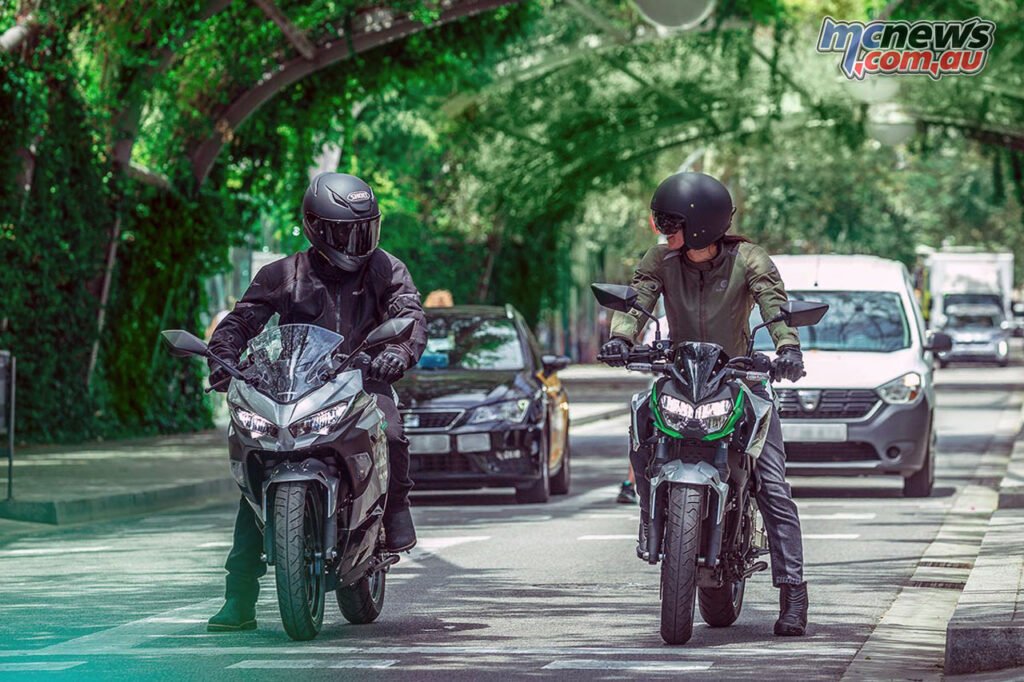
In distinction, the e-1 fashions ship their common peak energy at simply 2,800 rpm, with peak torque out there from 0 to 1,600 rpm. Moreover, the absence of a clutch simplifies operation, making these bikes a really perfect entry level for brand spanking new riders and a handy possibility for common commuting.
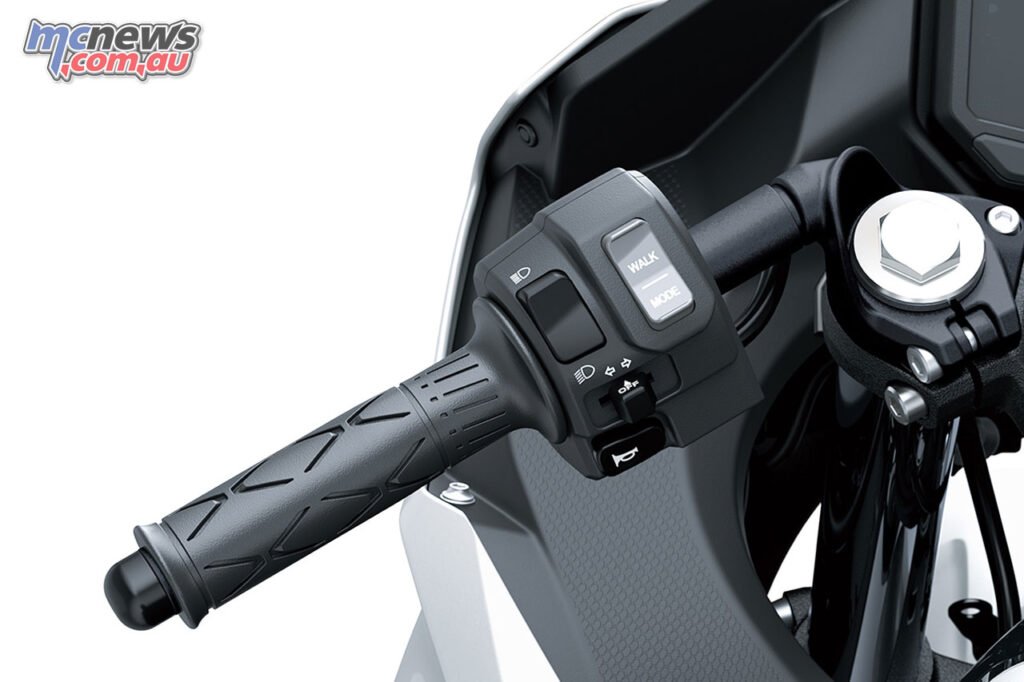
The e-1 fashions characteristic two trip modes: Highway and Eco. The Eco mode acts as a speed-limiting possibility, decreasing the highest pace to 64 km/h for the Ninja e-1 and 62 km/h for the Z e-1. Moreover, an e-Increase perform is out there, offering a short lived 15-second burst of enhanced energy earlier than progressively returning to regular efficiency ranges, excellent for fast overtakes or brief bursts of acceleration.

Kawasaki claims the e-Increase perform enhances acceleration and might briefly enhance the highest pace to 99 km/h. Nevertheless, with normal high speeds simply shy of 90 km/h, these fashions will not be designed for freeway use, making them extra appropriate for city commuting and metropolis driving.
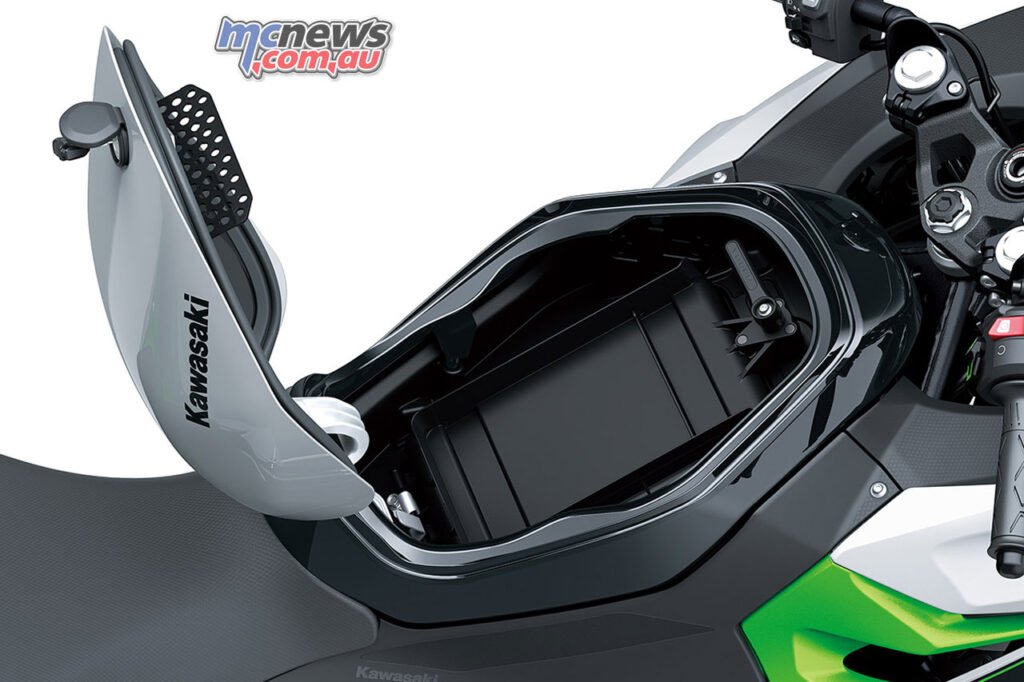
Powering the e-1 fashions is a pair of lithium-ion batteries, every weighing 11.5 kg and neatly positioned below the tank. Each batteries are detachable, permitting for handy off-bike charging.
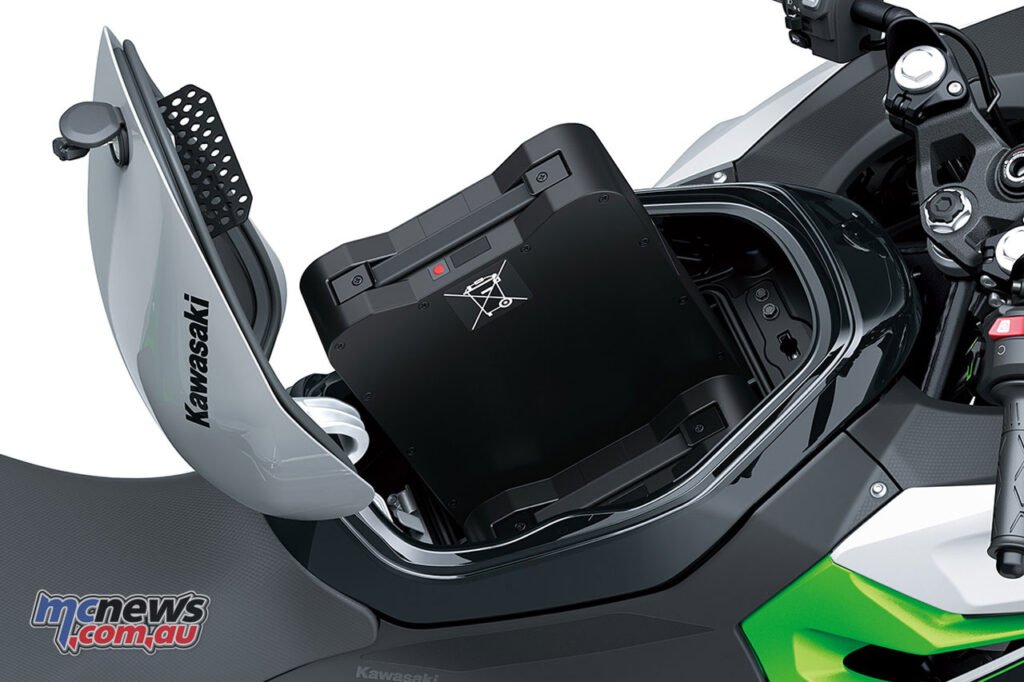
Charging every battery takes 3.7 hours for a full cost or 1.6 hours to go from 20% to 85%. Off-board charging requires an adapter, out there as an adjunct for simply over $200. Apparently, the batteries themselves are neither listed as equipment nor priced. The usual charger seems able to charging one battery at a time externally.
To increase the vary, the e-1 fashions characteristic a regenerative braking system that recycles power generated throughout deceleration again into the battery. This technique is particularly efficient in city commuting, the place frequent stops and begins assist maximise power restoration.
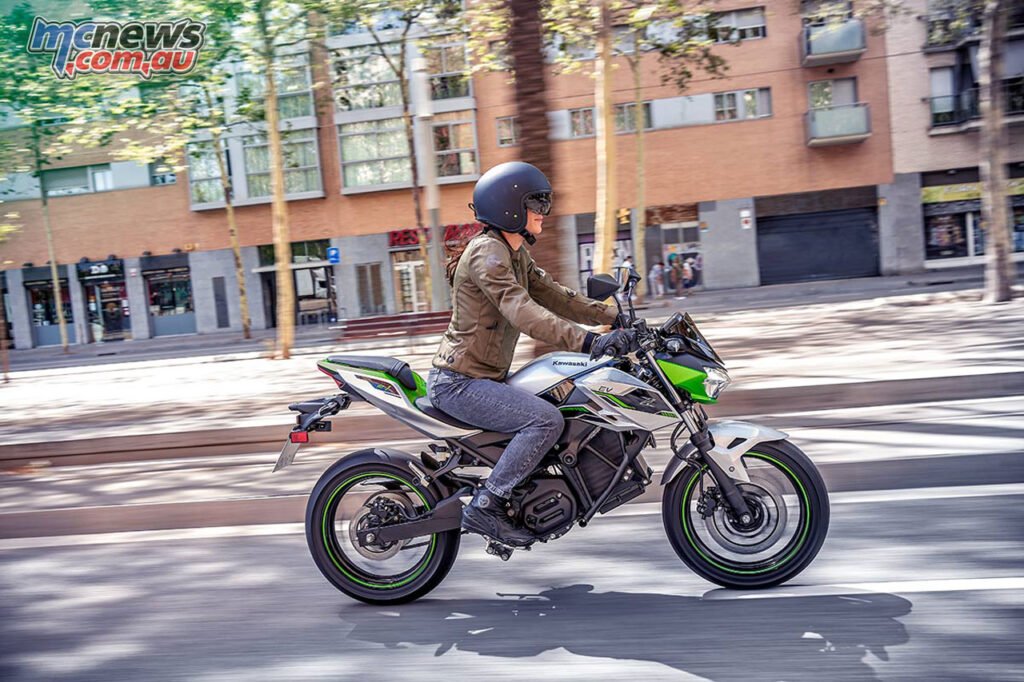
No official vary figures have been offered. Nevertheless, different sources estimate the vary to be round 41 miles (66 km) in Eco mode with out utilizing e-Increase.
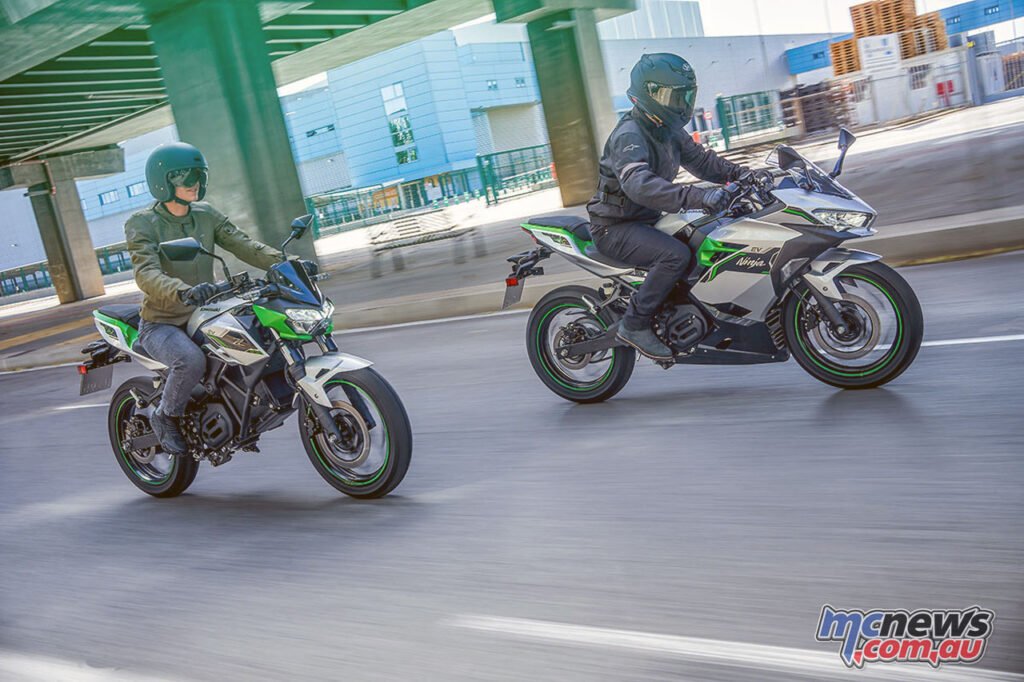
To be honest, the estimated vary might suffice for a lot of city commutes—offered you retain your throttle use in examine. Charging at work (particularly if another person covers the price) additional enhances the practicality of those bikes. With every battery providing a capability of roughly 1.5 kWh, a full cost ought to value round 50 cents per battery.
Whereas this vary could disappoint some riders, it aligns with Kawasaki’s positioning of those fashions as “a light-hearted answer to city commuting.” Nevertheless, Kawasaki guarantees the hallmark construct high quality, driving pleasure, agile dealing with, and light-weight maneuverability that riders have come to count on from Crew Inexperienced.
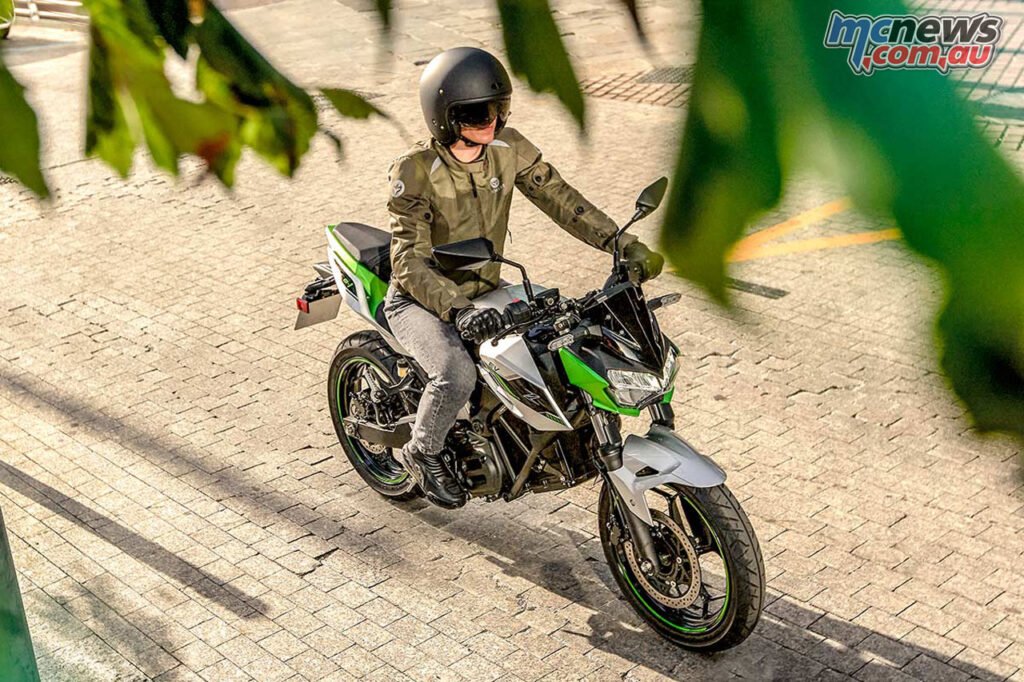
The chassis for the Ninja e-1 and Z e-1 is derived from the Ninja and Z400 bikes, with substantial weight financial savings achieved by changing the normal engine and gasoline tank with electrical elements. In consequence, the Ninja e-1 weighs 140 kg, and the Z e-1 is available in at 135 kg—saving roughly 30-35 kg in comparison with their combustion-engine counterparts.
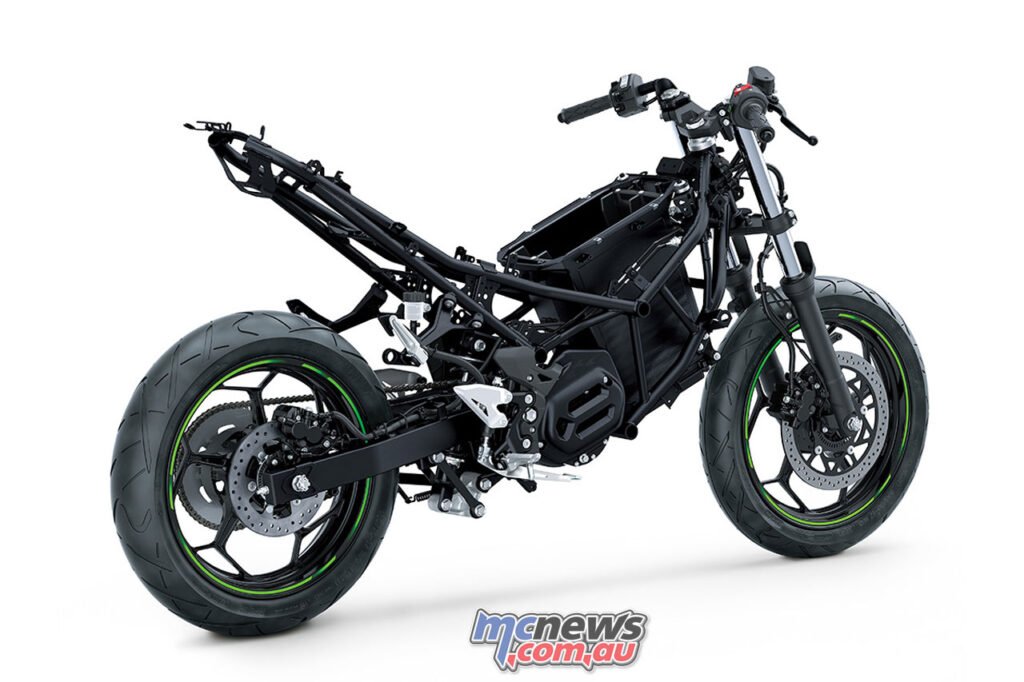
The ergonomics are described as that includes a relaxed rider triangle, designed to accommodate a variety of rider sizes and situations. The driving place is comparatively upright, with barely forward-set foot pegs for added consolation.
Braking is dealt with by a single disc at every finish, each paired with dual-piston calipers. The entrance encompasses a 290 mm rotor, whereas the rear makes use of a 220 mm unit, with ABS included as normal. Apparently, there’s no point out of traction management.

The bikes are geared up with a 4.3-inch full-color TFT show that features smartphone connectivity, including comfort and trendy performance. With a low seat top of 785 mm, the bikes needs to be accessible to most riders. Moreover, a 5-liter storage compartment below the tank provides restricted area, with a most load capability of three kg.
Zero-emission driving is achievable, although it finally depends upon the power supply used for charging.
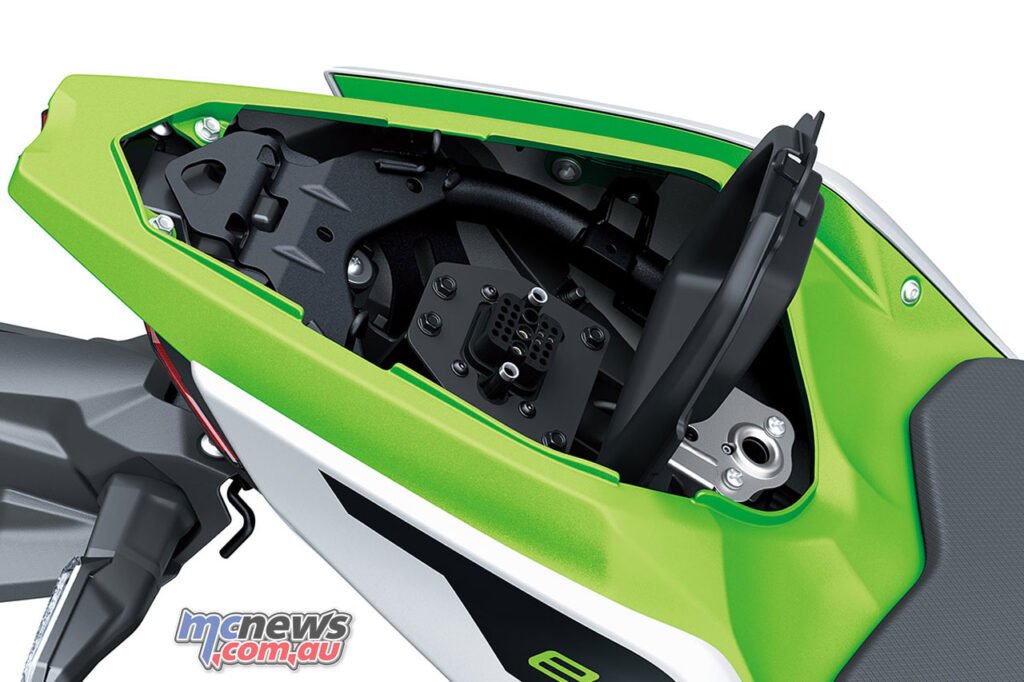
Head to the Kawasaki Australia web site for extra data on the:
Kawasaki Ninja e-1 or Kawasaki Z e-1
Kawasaki Ninja E-1 & Z E-1 Specs
| Kawasaki Ninja (Z) E-1 Specs | |
| Rated Output | 5.0 kW {6.8 PS} / 2,800 rpm |
| Max Output | 9.0 kW {12 PS} / 2,600 – 4,000 rpm |
| Max Torque | 40.5 Nm {4.1 kgƒm} / 0 – 1,600 rpm |
| Motor | Air-cooled, inside everlasting magnet synchronous motor |
| Driving Modes | ROAD / ECO |
| Max Velocity by Mode | 85 km/h / 62 km/h |
| Max Velocity by Mode (with e-boost) | 101 km/h / 72 km/h |
| Battery | Lithium-ion battery pack x2 |
| Battery Voltage/Capability | 50.4 V / 30 Ah x2 |
| Battery Weight | 11.5 kg x2 |
| Battery Charging Time | 3.7 h x2 |
| Major Discount Ratio | 3.211 (61/19) |
| Remaining Discount Ratio | 3.867 (58/15) |
| Remaining Drive | Chain |
| Body | Trellis, high-tensile metal |
| Entrance Suspension | ø41 mm telescopic fork, 120 mm journey |
| Rear Suspension | Backside-link Uni Trak, gas-charged shock with adjustable spring preload, 133 mm journey |
| Rake | 24.4° |
| Path | 93 mm |
| Steering Angle (L/R) | 35° / 35° |
| Tyres | 100/80-17M/C 52S, 130/70-17M/C 62S |
| Entrance Brake | ø290 mm disc, Twin-piston |
| Rear Brake | ø220 mm disc, Twin-piston |
| Dimensions (LxWxH) | 1980 x 730 x 1035 mm |
| Wheelbase | 1370 mm |
| Highway Clearance | 170 mm |
| Seat Peak | 785 mm |
| Curb Weight* | 140 kg (135) kg with batteries |
Kawasaki Ninja e-1 & Z e-1 Photos
Trending Merchandise











